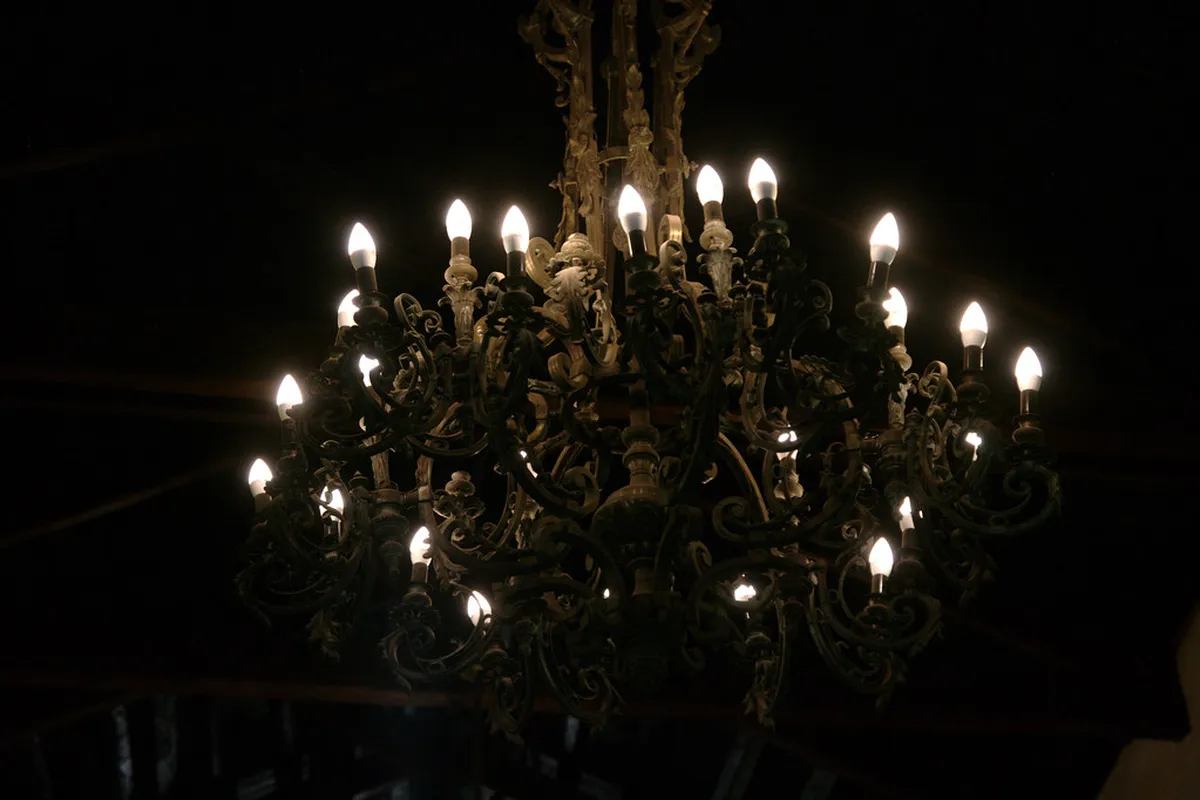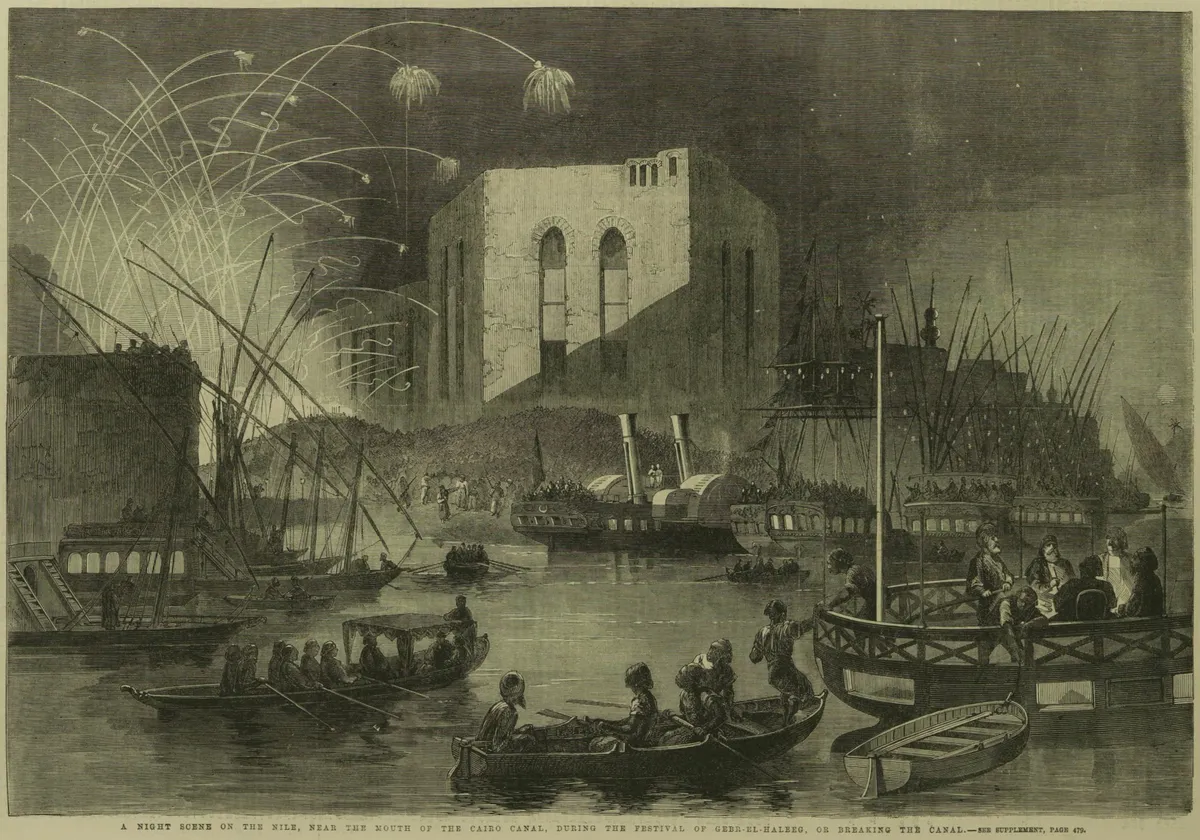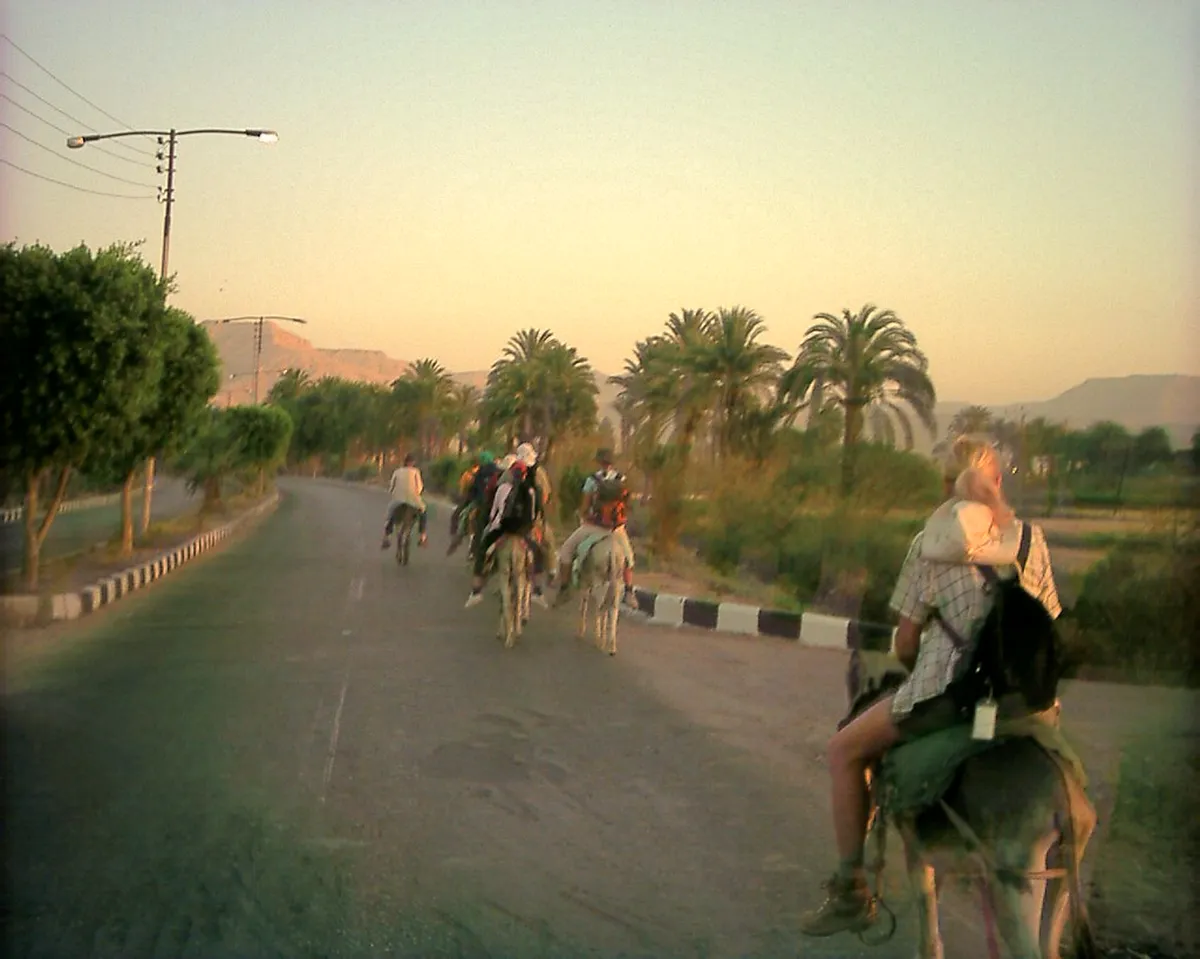
Cairo Itinerary: 5 Days of Ancient Wonders
Table of Contents
Cairo Itinerary: Your Ultimate 5-Day Guide
Cairo, the capital of Egypt, is a vibrant city rich in history, culture, and adventure. This Cairo itinerary is designed for first-time visitors and seasoned travelers alike, ushering you through the iconic landmarks like the Great Pyramids of Giza and the majestic Nile River. With each day planned to highlight must-visit attractions and unique local Experiences, you’ll maximize your time and immerse yourself in the ancient wonders and modern charm of this impressive city.
Want to find the best travel deals for this destination? adventure planner system with our adventure planning specialist!
Key Takeaways
- Day 1: Visit the Great Pyramids, the Sphinx, and enjoy a camel ride around the Giza Plateau.
- Day 2: Explore the Egyptian Museum, stroll through Tahrir Square, and visit the historic area of Islamic Cairo.
- Day 3: Experience a relaxing felucca ride on the Nile, explore local markets like Khan El Khalili, and savor street food.
- Day 4: Discover the Citadel of Saladin, visit the Mosque of Muhammad Ali, and explore the Coptic neighborhood.
- Day 5: Take a day trip to Luxor to explore the Valley of the Kings and the Temple of Karnak.
Day 1: Discover the Great Pyramids of Giza
Embarking on your Cairo itinerary starts with an unforgettable visit to the iconic Great Pyramids of Giza. These ancient monuments are not only a testament to Egypt’s rich history but also one of the Seven Wonders of the Ancient World.
Morning: Arrival at Giza
Begin your day early to beat the crowds and soak in the magic of these historical structures. As you arrive at the Giza Plateau, take a moment to appreciate the sheer scale of the Pyramids. The Great Pyramid of Khufu stands tall at 138.8 meters, making it the largest of the three. Don’t forget to snap a few photos from the entrance gate, as the first sight of the pyramids is breathtaking.
Exploring the Pyramids

Afterward, venture closer to the pyramids. As you stand in their shadow, take a guided tour to learn about their history, construction methods, and the fascinating stories that surround each pyramid. Pro Tip: For an immersive experience, consider hiring a local guide who can share insights that you won’t find in guidebooks.
Visiting the Sphinx
Next, make your way to the Great Sphinx of Giza. This legendary statue with a lion’s body and a human head has long captivated visitors with its enigmatic presence. Spend some time here to appreciate the artistry and the mystery surrounding its origins. The Sphinx is a perfect spot for your next photo opportunity.
Afternoon: Camel Ride Around the Plateau
Once you’ve explored the pyramids and the Sphinx, add a unique experience to your day by taking a camel ride around the Giza Plateau. This leisurely trek allows you to enjoy panoramic views of the pyramids while immersing yourself in the historical atmosphere. Riding a camel through the sands brings you closer to the essence of ancient Egypt.
“Experiencing the pyramids from a camel’s back is like stepping into a scene from the past.” – A seasoned traveler.
Evening: Dinner with a View

After your adventure, it’s time to unwind. Enjoy a well-deserved dinner at one of the nearby restaurants that boast stunning views of the pyramids lit up at night. Many establishments offer traditional Egyptian cuisine, including koshari, falafel, and shawarma.
Reflection: Wrap-Up Your First Day
Your first day on this Cairo itinerary will leave you with lasting memories of one of the most significant Landmarks in the world. The blend of history, culture, and stunning visuals provides a fitting introduction to Cairo’s wonders.
As you return to your accommodation, take a moment to reflect on the enchantment of the pyramids and prepare for another adventure in this vibrant city. The Experiences of today will undoubtedly be the highlight of your entire trip.
Day 2: Explore the Egyptian Museum and Old Cairo
Your second day in Cairo promises an adventure steeped in ancient history and vibrant local Culture. Start your morning at the Egyptian Museum, home to an extensive collection of ancient Egyptian artifacts. Highlights include the treasures of Tutankhamun and a plethora of mummies, offering you a close-up look at Egypt’s incredible past.
“The Egyptian Museum is not just a collection of artifacts; it’s a gateway to understanding the story of a civilization that shaped the world.”
9:00 AM: The Egyptian Museum
Upon entering the museum, grab a map to help navigate through over 120,000 items. The museum is divided into several sections, where you can learn about the different eras of ancient Egypt, from the Old Kingdom to the Greco-Roman period.
Don’t miss the Royal Mummies Room, which requires an additional ticket but is well worth it for a glimpse at the preserved remains of pharaohs and queens. The Tutankhamun Gallery showcases the stunning golden mask and other treasures from the young pharaoh’s tomb, illuminating the incredible craftsmanship of ancient artisans.
12:00 PM: Stroll through Tahrir Square
After immersing yourself in history, head over to Tahrir Square, an emblematic site known for its role in the 2011 revolution. This bustling square is a perfect spot for people-watching and soaking in the vibrant atmosphere. You can find various local vendors, cafes, and even street artists displaying their talents.
1:00 PM: Lunch in Islamic Cairo
For lunch, venture into the Islamic Cairo area, and stop by one of the many traditional restaurants. Moshir al-Azhar serves a delightful plate of Koshari, a popular Egyptian dish made from rice, lentils, and pasta topped with spicy tomato sauce and crispy onions. Don’t forget to pair it with a refreshing glass of karkadeh (hibiscus tea).
2:30 PM: Explore Islamic Cairo
Post-lunch, continue your historical exploration by visiting the remarkable Al-Azhar Mosque, known for its stunning architecture and foundational role in Islamic education. Nearby, you can stroll through the bustling Khan El Khalili market, where you can find everything from antiques to spices, making it a shopper’s paradise.
Be sure to haggle a little—it’s expected and part of the experience!
5:00 PM: St. Sergius and Bacchus Church

Wrap up your day with a visit to the Coptic neighborhood. Start at St. Sergius and Bacchus Church, believed to be built on the spot where the Holy Family rested during their flight into Egypt. This is a serene place that tells a poignant story. The intricate artwork and the atmospheric ambiance are a stark contrast to the day’s bustling visits.
7:00 PM: Dinner and Reflection
For dinner, consider visiting a restaurant with a view of the Nile, where you can reflect on the rich tapestry of history you’ve experienced throughout the day. Enjoy traditional dishes while listening to live music or catching a glimpse of a folkloric dance performance that showcases Egypt’s diverse Culture.
As you conclude your day’s exploration of the Egyptian Museum and Old Cairo, you’ll carry rich stories and remarkable sights that embody the spirit of one of the world’s oldest civilizations. This experience lays a perfect foundation for the rest of your Cairo itinerary.
Day 3: A Day by the Nile: Felucca Ride and Markets
On your third day in Cairo, experience the vibrant Culture and scenic beauty of the Nile River. A Cairo itinerary wouldn’t be complete without immersing yourself in the serene waters of the Nile on a traditional felucca boat ride. This excursion will surely provide a memorable start to your day.
Morning: Felucca Ride on the Nile
Begin your morning with a relaxing felucca ride on the Nile River. These traditional wooden sailboats offer a fantastic way to appreciate the stunning cityscape while enjoying the gentle breeze. You can hire a felucca from various piers along the Corniche, such as the Maadi or Zamalek areas, where you’ll find operators ready to cater to tourists.
Pro Tip: Aim for a sunrise or early morning ride to witness the breathtaking views as the sun rises over the river. Additionally, consider hiring the boat for a private trip to enhance the experience.
Late Morning: Explore Khan El Khalili Market

After your refreshing ride, it’s time to explore one of Cairo’s most famous markets: Khan El Khalili. This sprawling market is filled with an array of stalls offering everything from handmade crafts to spices, jewelry, and traditional textiles. The vibrant colors and scents create a bustling and authentic atmosphere.
| Item | Price Range (EGP) |
|---|---|
| Spices | 10-50 |
| Textiles | 100-500 |
| Jewelry | 50-1000 |
Be sure to practice your haggling skills; bargaining is a customary part of the shopping experience in the market!
Lunch: Savor Cairo’s Street Food
As you begin to feel hungry, take advantage of the delicious street food offerings available nearby. Sample local dishes such as koshari, a hearty mix of rice, lentils, and spaghetti topped with tomato sauce, or ta’ameya, which are Egyptian falafel made from fava beans. Don’t forget to wash it down with a refreshing glass of karkadeh (hibiscus tea).
Afternoon: Visit Al-Azhar Park
After indulging in local flavors, head over to Al-Azhar Park, an oasis nestled in the heart of the city. This beautifully landscaped park provides a perfect backdrop for relaxation while offering stunning views of Cairo’s skyline and historic mosques. You can enjoy leisurely walks along the pathways or simply find a quiet spot to unwind while soaking in the atmosphere.
Evening: Enjoy the Nile at Sunset

As the sun begins to set, consider taking another felucca ride or dining at one of the restaurants along the Nile. The riverside locations provide a magical experience where you can enjoy your food with the stunning backdrop of the setting sun reflecting on the water.
Conclusion: Day 3 is designed to blend relaxation with local culture, making your Cairo itinerary both enjoyable and unforgettable. Whether it’s the soothing ride on the Nile, vibrant market exploration, or savoring street delicacies, every moment provides a unique insight into the heart of Cairo.
Day 4: A Trip to the Citadel and Coptic Cairo
Recommendation: Don't miss out on amazing Cairo tours - book now!
On your fourth day in Cairo, immerse yourself in the city’s rich history by visiting the Citadel of Saladin and the captivating area known as Coptic Cairo. This day promises a fusion of Islamic and Christian heritage, providing you a comprehensive view of Cairo’s cultural landscape.
Morning: The Citadel of Saladin
Start your morning at the magnificent Citadel of Saladin, which towers over the city and serves as a symbol of Cairo’s historical military architecture. Constructed in the 12th century, this impressive fortress was designed to defend against Crusaders, and today it offers stunning panoramic views of the city.
Within the Citadel, you will find the Mosque of Muhammad Ali, famous for its stunning Ottoman architecture, high dome, and beautiful minarets. Plan at least an hour to wander through the mosque, capturing its grandeur. Pro Tip: Visit early in the morning to avoid the crowds and enjoy a more peaceful atmosphere.
Midday: Explore Islamic Cairo
After the Citadel, head towards the historic Islamic Cairo district. Here, you can stroll through the vibrant streets, taking in the stunning examples of medieval Islamic architecture. Don’t miss the Khan El Khalili bazaar, where you can shop for spices, jewelry, and traditional crafts. Enjoy a cup of Egyptian mint tea at one of the local cafés as you soak in the bustling atmosphere.
As you explore, consider visiting the Al-Azhar Mosque, one of the oldest mosques in Cairo. It serves as one of the oldest universities in the world, deeply intertwined with Islamic scholarship. Tours are available for visitors curious about the education that takes place within its walls.
Afternoon: Venturing into Coptic Cairo
In the afternoon, make your way to Coptic Cairo, a historical area that exhibits the early Christian heritage of Egypt. Key sites include the Hanging Church (Saint Virgin Mary’s Coptic Orthodox Church), which dates back to the 3rd century, and the Ben Ezra Synagogue, one of the oldest in Egypt. Exploring these historical Landmarks provides insight into Egypt’s diverse religious tapestry.
Make sure to visit the Church of St. Sergius and Bacchus, reputedly built on the site where the Holy Family is believed to have rested during their flight into Egypt. The church features beautiful frescoes and an atmospheric ambiance.
Evening: Relax and Reflect
After a day filled with exploration, take time to relax before dinner. You may choose to dine at a traditional Egyptian restaurant, enjoying dishes like koshari or ful medames, to savor the local flavors.
“Cairo is not just a city; it’s a canvas painted with centuries of history, a harmonious blend of cultures waiting to be explored.”
Conclude your day with a leisurely evening walk along the Nile Riverbanks, soaking in the stunning views of the illuminated city skyline. This peaceful end is perfect after a day brimming with history and heritage.
Day 5: Luxor Day Trip: The Valley of the Kings
On your fifth day of the Cairo itinerary, prepare for an incredible journey to Luxor, often referred to as the world’s greatest open-air museum. A day trip to Luxor allows you to dive deep into ancient Egypt, exploring the legendary Valley of the Kings and other monumental sites. This excursion is truly a highlight of your Cairo itinerary.
Early Morning Travel
Your day starts early, as the journey from Cairo to Luxor typically takes around 1 hour by flight or approximately 10 hours by train. For a quicker trip, consider booking a domestic flight so you can maximize your time exploring.
| Transport Type | Duration | Average Cost |
|---|---|---|
| Flight | 1 hour | $70 – $120 |
| Train | 10 hours | $10 – $20 |
Valley of the Kings

Upon arrival in Luxor, your first destination is the Valley of the Kings, a necropolis that has entombed some of Egypt’s most famous pharaohs, including Tutankhamun. You can expect to see the intricate tombs adorned with various hieroglyphics and paintings that speak volumes about ancient beliefs and practices.
Pro Tip: Purchase a Valley of the Kings ticket that allows access to three tombs. Some popular options include the tombs of Ramses III, Ramses IX, and the famous tomb of Tutankhamun.
The Temple of Karnak
Next, after exploring the tombs, head to the Temple of Karnak, a vast temple complex that is also one of the largest religious sites in the world. Highlights include the Great Hypostyle Hall, featuring 134 massive columns that create an awe-inspiring spectacle.
“The Temple of Karnak offers a glimpse into ancient rituals and the grandeur of the New Kingdom.”
Lunch Break
After a morning filled with exploration, enjoy lunch at a nearby traditional restaurant. Luxor is known for its local cuisine, including dishes like koshari and ful medames. This is the perfect opportunity to recharge before continuing your adventure.
Exploring Luxor Temple

Post lunch, you can visit the Luxor Temple, a magnificent site situated on the east bank of the Nile. The temple is dedicated to the rejuvenation of kingship and was often a focal point for important ceremonies in ancient Egypt. Don’t miss the impressive entrance flanked by towering ram-headed sphinxes.
Evening Return to Cairo
As the day concludes, make your way back to Cairo either by flight or train, reflecting on the incredible history you’ve learned and the spectacular sights you’ve seen. This day trip is not just a highlight of your Cairo itinerary, but also an unforgettable experience filled with wonder and exploration.
In summary, a day trip to Luxor is essential for anyone looking to deepen their understanding of ancient Egyptian civilization. From the Valley of the Kings to the Temple of Karnak, each site tells a story that continues to captivate visitors from around the world.
Best Time to Visit: Seasonal Highlights for Your Cairo Itinerary
When planning your Cairo itinerary, understanding the best time to visit is crucial for maximizing your experience. Cairo has a hot desert climate, characterized by hot summers and mild winters. Let’s explore the seasonal highlights to help you choose the ideal time for your trip to this vibrant city.
Spring (March to May)
Spring is arguably the best time to visit Cairo, with temperatures ranging from 20°C to 30°C (68°F to 86°F). This season is perfect for outdoor excursions, and you’ll enjoy comfortable weather while visiting iconic sites such as the Great Pyramids of Giza and the Egyptian Museum. Additionally, many cultural Events take place during spring, such as the Egyptian Spring Festival, providing visitors with a chance to experience local traditions.
Summer (June to August)
Summer in Cairo can be intensely hot, with daily temperatures soaring above 35°C (95°F) and often reaching up to 40°C (104°F) or higher. Although this is the peak tourist season, it’s essential to be prepared for the heat. If you choose to visit during these months, consider scheduling your outdoor Activities in the early mornings or late afternoons when temperatures are slightly cooler. Exploring the Khan El Khalili market during sunset can be particularly enchanting, as the vibrant stalls come alive as the sun goes down.
Despite the heat, several historical celebrations take place during summer, such as the Revolution Day on July 23rd, commemorating the 1952 revolution, where you can experience local patriotic festivities.
Autumn (September to November)
Autumn is another excellent time for a Cairo itinerary. Temperatures cool down significantly, ranging from 24°C to 32°C (75°F to 90°F). This comfortable weather allows for extensive exploration, making it enjoyable to cruise the Nile on a felucca boat or wander through the ancient streets of Islamic Cairo.
Additionally, autumn hosts several cultural festivals, such as the International Cairo Film Festival, an event that attracts global filmmakers and tourists alike, providing an exceptional cultural experience you do not want to miss.
Winter (December to February)
Winter in Cairo brings mild temperatures, ranging from 10°C to 20°C (50°F to 68°F). This is the low tourist season, which means fewer crowds at popular attractions. While daytime can be pleasantly cool, evenings can feel quite chilly, so layering is advisable. Visiting during winter allows you to enjoy sites like the Citadel of Saladin and the historical rich neighborhoods without the unbearable heat.
One downside is that occasional rain showers may occur, but they are generally brief. You might also want to attend the Cairo International Book Fair held in January, making your trip both educational and memorable.
“Choosing the right season to visit Cairo can significantly enhance your travel experience. Embrace the culture, lively festivals, and stunning heritage at a time that best suits you!”
Conclusion
In summary, the best times to visit Cairo align with spring and autumn for the most comfortable weather and vibrant cultural Experiences. However, even during summer and winter, there are unique highlights. No matter when you choose to visit, your Cairo itinerary will be filled with rich history, warm hospitality, and unforgettable moments.
Travel Tips for Your Cairo Itinerary: Transport, Costs, and Safety
Recommendation: Don't miss out on amazing Cairo tours - book now!
When navigating through the Cairo itinerary, it’s pivotal to come prepared, especially regarding transport, costs, and safety. This vibrant city is rich in history and culture, but having the right information can significantly enhance your experience.
Transport Options in Cairo
Cairo has a range of transport options to facilitate your exploration:
- Metro: The metro system is the most affordable yet efficient way to traverse Cairo. It’s clean, safe, and can get you close to major attractions like Tahrir Square and the Egyptian Museum.
- Taxi services: Traditional taxis are widely available, but using ride-hailing apps such as Careem and Uber is recommended for easier navigation and fare transparency.
- Microbuses: For the more adventurous travelers, microbuses are an economical choice. However, they might be overwhelming and are best suited for local travelers.
Costs and Budgeting for Cairo
Cairo is relatively affordable compared to many other global cities, allowing for enjoyable travel on a budget. Here’s a breakdown of estimated costs to help you plan your Cairo itinerary:
| Expense Type | Estimated Cost (EGP) |
|---|---|
| Meal at a local restaurant | 50-150 |
| Entry fee to major attractions | 100-300 |
| Taxi fare within the city | 20-100 |
| Metro ticket | 5 |
| Daily budget for transport and meals | 300-600 |
Pro Tip: Always carry cash, especially for small purchases. While credit cards are accepted in major hotels and restaurants, smaller shops and street vendors may only take cash.
Staying Safe in Cairo
Safety is paramount when traveling, and while Cairo is generally safe for tourists, it’s wise to remain vigilant. Here are some tips to ensure a safe journey:
- Be aware of your surroundings: Like in any bustling city, petty crime can occur. Keep your belongings secure and stay alert to your surroundings, especially in crowded areas.
- Stay hydrated: With Cairo’s hot climate, drinking plenty of water is essential. However, always opt for bottled water to avoid food and water-borne illnesses.
- Respect local customs: Dress modestly and kindly inquire about cultural norms when visiting religious sites. This ensures that you engage positively with local customs and expectations.
Emergency Contacts
Before you embark on your journey, storing local emergency numbers can be incredibly beneficial:
- Emergency Services: 123
- Police: 188
- Ambulance: 123
- Tourist Police: 120
“Cairo is not just a city; it is a living museum. Prepare well, tread smartly, and let its stories unfold before you!”
In conclusion, by following these travel tips for your Cairo itinerary, you can navigate the vibrant city efficiently and enjoy a memorable experience.
This 5-day Cairo itinerary combines the ancient marvels with the lively atmosphere of the city, ensuring you experience the best of what Cairo has to offer. Adapt the itinerary as needed to fit your interests and time constraints. Start planning your Cairo adventure today, and dive into the rich history and culture of one of the world’s oldest cities!
Frequently Asked Questions
A: The best time is during fall (September-November) and spring (March-April) for mild weather.
A: A 5-day itinerary allows for an in-depth exploration of major attractions and experiences.
A: The Great Pyramids, the Sphinx, and the Egyptian Museum are essential stops.
A: Cairo offers a mix of taxis, Uber, and a metro system for efficient transportation.
A: Yes, consider day trips to Alexandria or Luxor for more historical exploration.
A: Visit local markets like Khan El Khalili and explore traditional neighborhoods.